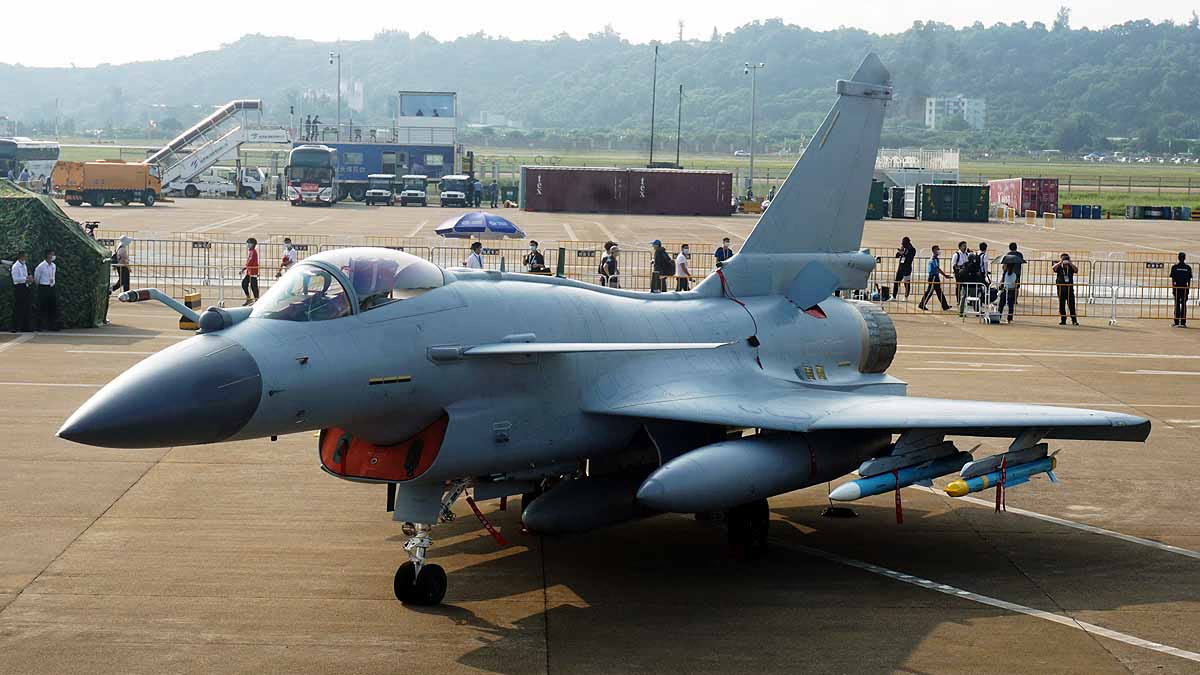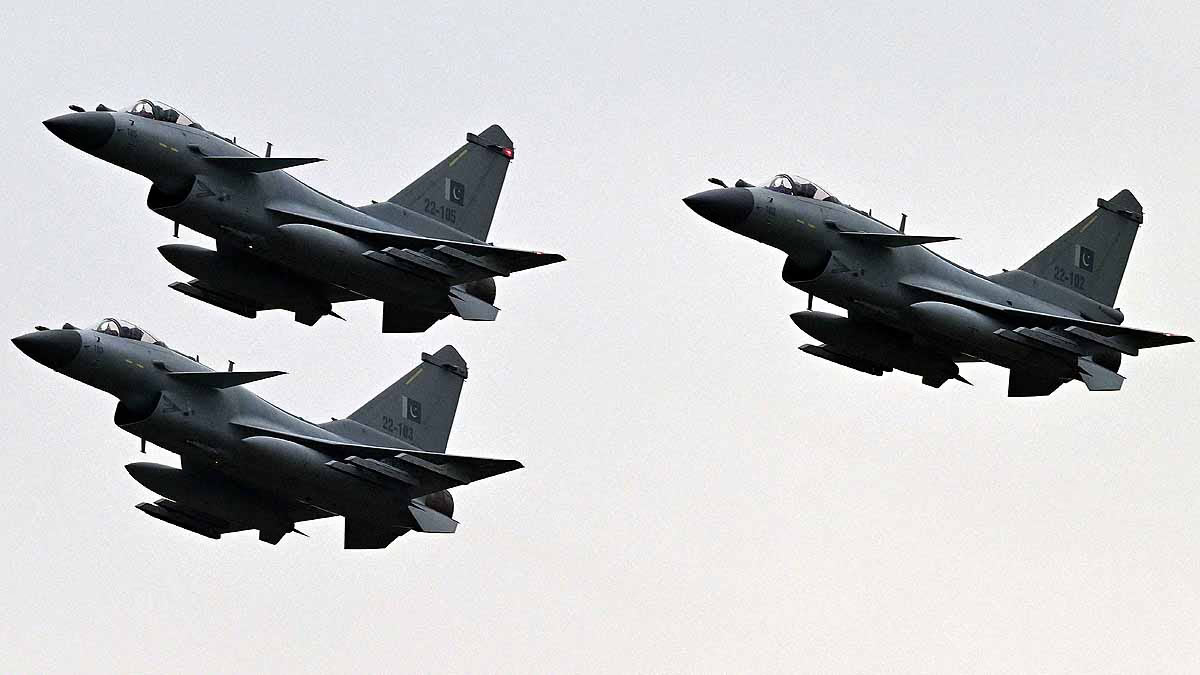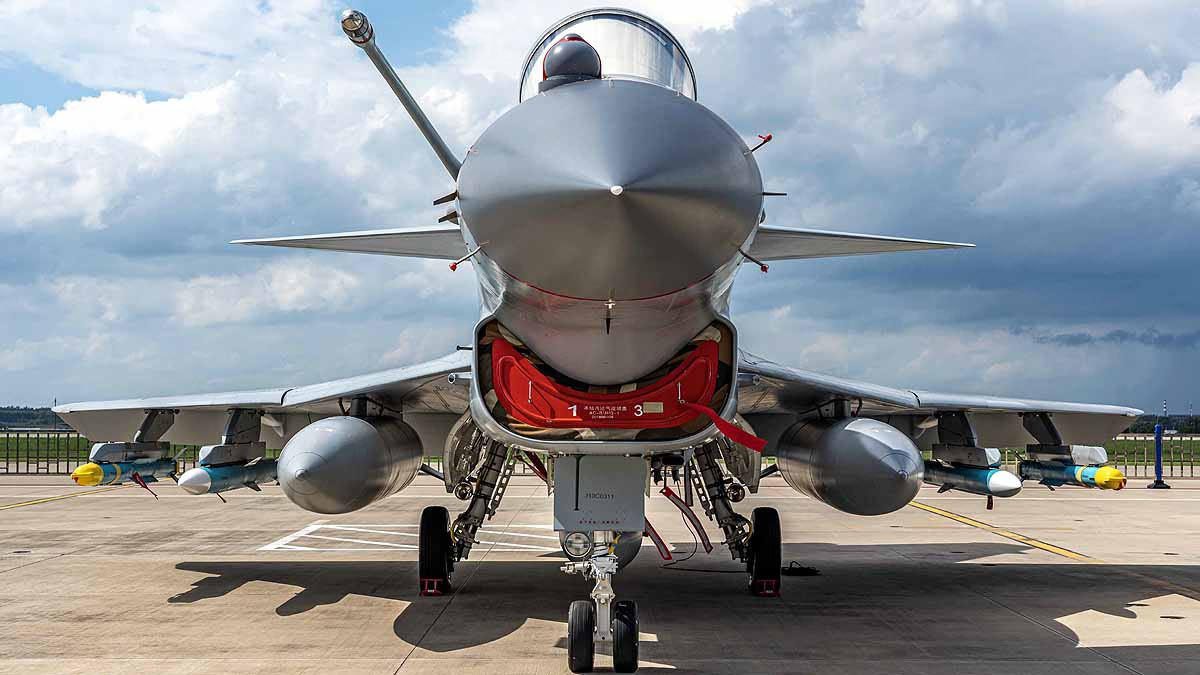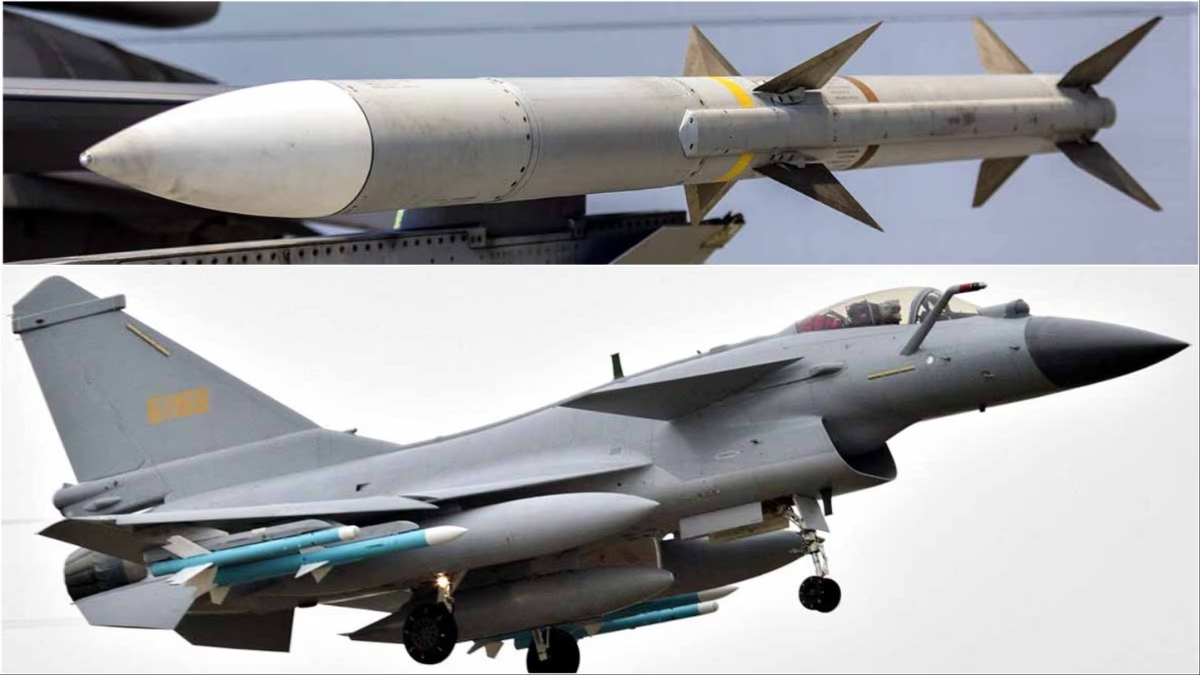The arms race among India's neighboring nations is intensifying. On one side, the United States is preparing to equip Pakistan with advanced air-to-air AIM-120 missiles, while on the other, China is poised to sell 20 new fighter jets to Bangladesh. Both developments pose significant concerns for India, potentially imposing new security challenges.
Pakistan and the US have recently enhanced their relations. Following a four-day military confrontation in May between India and Pakistan, dialogue between the two nations has increased. The US plans to supply Pakistan with AIM-120 AMRAAM missiles—highly advanced, capable of taking down enemy aircraft from afar.
Also Read:

Source: aajtak
The US Department of Defense has recently issued a substantial contract, awarding an additional order to Raytheon for $41.6 million. This includes the C8 and D3 versions of the missiles. The total deal now stands at $2.51 billion and involves over 30 countries, including the UK, Poland, Germany, and Australia. Completion is expected by 2030.
The exact number of missiles Pakistan will acquire remains unclear, but experts believe they will upgrade the Pakistani Air Force's F-16 aircraft. Pakistan already possesses around 500 older C5 versions supplied in 2010. The new C8 version of the AIM-120D is the export model used by the US Air Force.
Also Read:

Source: aajtak
This news emerged after Pakistani Air Chief Marshal Zaheer Ahmed Babar visited the US State Department in July. Pakistan credited US President Donald Trump with the May ceasefire and even discussed nominating him for the Nobel Peace Prize. However, India states that the ceasefire resulted directly from military chief dialogues from both countries.
Bangladesh is set to buy 20 J-10CE fighter jets from China for a deal valued at $2.2 billion, including training, maintenance, and additional expenses. The jets will arrive between 2026 and 2027, with payments extending until 2036.
Also Read:
The J-10CE is the export version of China’s J-10C already in use by their military. Each jet costs $60 million, bringing the total to $1.2 billion, with the remaining $820 million covering training, equipment, and shipping. With insurance, taxes, and other fees, the deal totals $2.2 billion.

Source: aajtak
Bangladesh has yet to make an official announcement. Financial advisor Salehuddin Ahmed stated, "There is no obligation to disclose everything." Chief Advisor Muhammad Yunus discussed it during a visit to China in March, receiving a positive response.
Bengali security expert Major General (Retired) ANM Muniruzzaman explains that the Air Force has needed new jets for a long time, but the issue is currently in the evaluation stage. In today's world of new geopolitical divides, it’s crucial to consider the effects of purchasing jets from a particular country.
Presently, the Bangladeshi Air Force operates 212 aircraft, including 44 fighter jets. These comprise 36 older Chinese F-7s and eight modern MiG-29Bs, along with some Russian Yak-130s for light attacks. The new jets will significantly bolster Bangladesh’s air strength. Pakistan also used J-10C jets during the May clashes.

Source: aajtak
These two deals present a direct challenge to India. Let us explore what risks India might face...
Increased Aerial Threat from Pakistan:
The AIM-120 missiles will be mounted on F-16s, capable of targeting Indian aircraft from 100 kilometers away. During the 2019 Balakot airstrike, Pakistan similarly used such missiles to down an Indian MiG-21, capturing Wing Commander Abhinandan. New missiles will further empower the Pakistani Air Force, increasing aerial confrontation risks on India's western border. F-16s are already a problem, and the upgrades make them more formidable.
Also Read:
Weakening the Eastern Front with Bangladesh:
Bangladesh's new J-10CE jets, equipped with Chinese technology, are fast, modern, and multipurpose, replacing old F-7s. India's eastern border is extensive, and if Bangladesh strengthens its air force, India may face not only dual fronts with Pakistan and China but a third with Bangladesh. China is arming Bangladesh as part of its strategy to encircle India.

Source: aajtak
Geopolitical Risk:
The US, by supporting Pakistan, seems to be trying to balance its relations with India, while China aligns Bangladesh with its interests, increasing South Asian tensions. This could impact India’s ‘Neighborhood First’ policy. Should these weapons be used, India's air defense will face significant challenges.
Experts argue that India must further strengthen its air force. While assets like Rafale jets and S-400 systems are in place, more investment is necessary. Diplomacy is also crucial to maintaining healthy relations with neighboring countries.
These developments highlight the accelerating arms race in South Asia, prompting India to devise new strategies. By upgrading its defense, maintaining positive neighborly relations, and seeking support from international allies like the Quad, India can manage these challenges effectively with its inherent strength.




